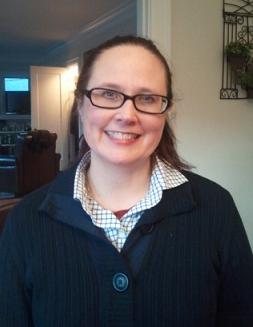Keeping Records Paperless

The UW is committed to reducing paper consumption by 30% from 2010 levels. As part of that effort, we are highlighting best practices on paper reduction from members of the UW community.
See our Reduce Paper page for more information on reducing paper at UW and the UW Committee on Paper Reduction.
This interview is with Abby Larson, purchasing and supplies manager for UW Libraries.
What was the driver for your initiative?
I personally wanted to use less paper, and I also wanted my records to be more accessible to staff.
What did you do to achieve your goals?
I made my PDF-creating option my default printer. Whenever I went to print, I had to choose to make it a piece of paper; otherwise it would automatically create a PDF for me to save. I unplugged my printer, unplugged my student's printer, cancelled my fax line and notified the one vendor who must fax that they needed to find another way to send me documents. I moved supply requests to an online form which automatically saves requests in an Excel spreadsheet.
I moved my paper purchase record documents into my departmental folder on our administrative network, by scanning and printing to PDF. Each purchase gets its own uniquely named folder, and included in that folder is the original purchase request, proof of delivery (signed packing slip - scanned to PDF - or substitute), vendor's payment receipt, and any other correspondence.
Were there cost savings or other benefits?
Besides saving on paper and ink, we saved electricity, fax line charges, staff time, copy services ISD, mail room handling, and office space.
Suggestions and recommendations for others looking to implement a similar program?
I name my files so that most information (budget numbers, dates of the order, supplier name, order numbers, transaction ID numbers, EI numbers, etc.) is visible when I open the folder. This makes things more searchable, too. I created a shortcut to my network folder on desktop. I now work a lot more in my network files. I leave a little room around my open windows so I can see more shortcuts. A second monitor has been very helpful.
How do you measure success?
I went from using a case of paper a year to only a ream of paper a year. I simply don't have printing needs anymore. When I do need a hard copy, I use the shared multifunctional device one floor up.